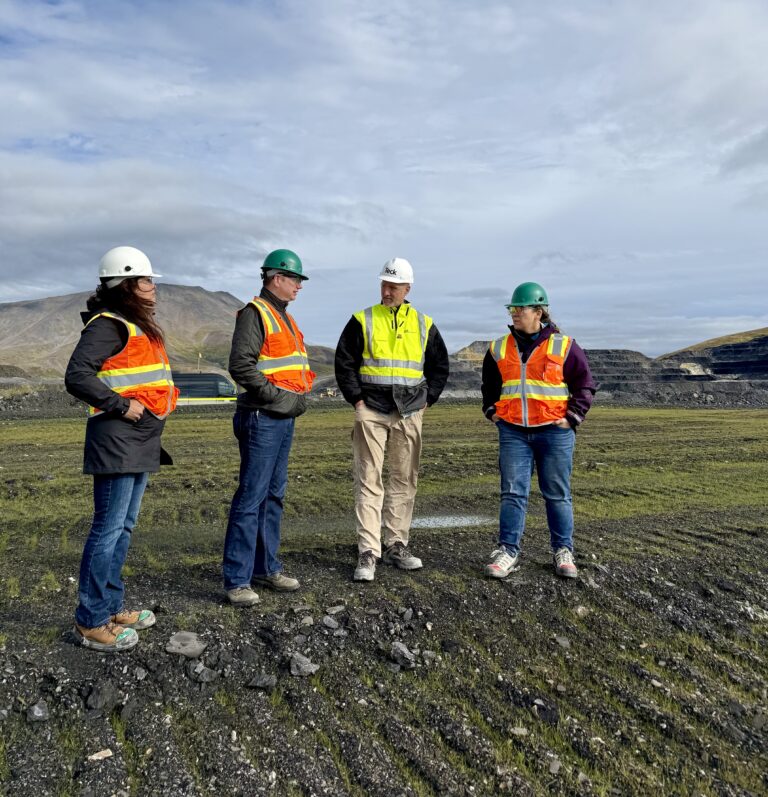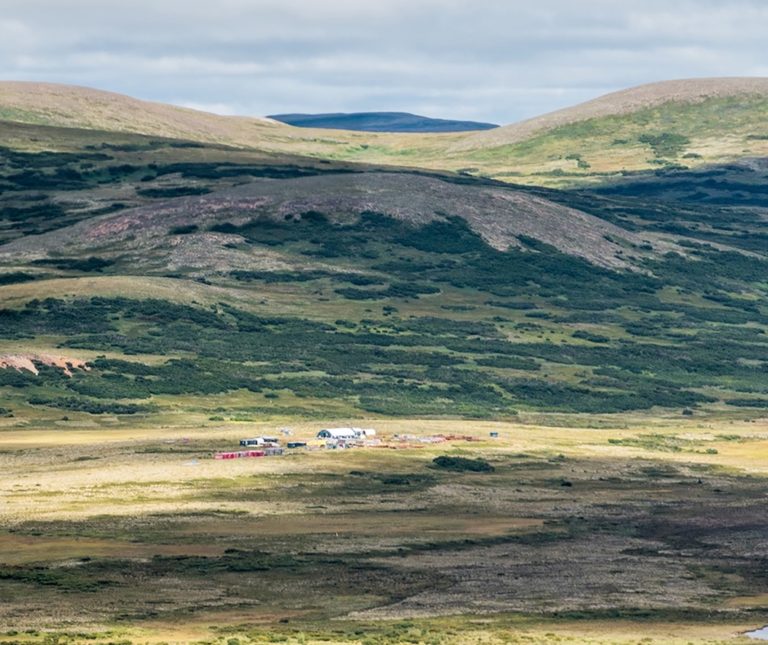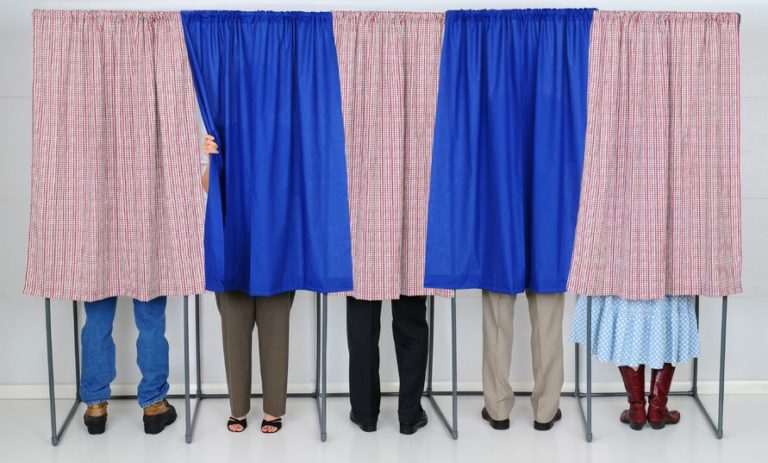By SANDY SZWARC – PART 1
President Trump has been meeting with Russia, and some speculate it was, in part, to make a deal for Russian rare earth minerals.
No country on earth has a greater abundance of critical and rare earth elements than the US yet we are now 100% dependent on foreign countries for 20 critical minerals. For the first 150 years of our nation’s history, we were self-sufficient in mineral needs and even had a surplus. Now, China dominates. This was not an accident.
With the help of environmentalists, perhaps the situation has been allowed to disintegrate to the point where immediate needs have become so emergent they necessitate our President appealing to Russia, especially in light of tensions with China. But if things were that dire, wouldn’t there also be calls for “All Hands on Deck” and every potential resource be supported and called into service for the good of the country?
Instead, some of the country’s most viable mining projects remain silenced and sidelined. This brings a lot of unanswered questions – questions no one is even asking.
Last month, the Republican X account tweeted it was opening the first rare earth mine in more than 70 years, retired journalist Don Surber shared in his Substack newsletter.
Special report: Pebble, and the reality of life in the region for those without commercial fishing permits
Special report: Pebble Mine, the people’s story spanning more than two decades
Special Pebble report: A permitting process favoring mining opponents
However, this announcement of “a groundbreaking moment” failed to reveal that it was a promotional of a preliminary feasibility finding of rare earth deposits in Wyoming. It was part of intensive marketing for the Ramaco Reserves company’s stock offering, with those all-famous “forward looking statements.” While no one can deny it wasn’t good news for Wyoming and for America, “it will take a long time to get going,” as Cowboy State Daily reported.
Despite the Administration’s optimistic portrayals, Trump’s support of rare earth minerals remains not entirely convincing. His past actions have raised red flags, at the very least. He has betrayed a disturbing alliance with environmentalists and globalists – especially when it comes to mining essential metals.
For example, Trump − aligned with pseudoscientific environmental groups, along with his son, Donald Trump, Jr. − went against the largest mining project in Alaska, Pebble Mine. Yet this mine holds one of the largest undeveloped reserves of copper and other critical minerals in the world. It also has a massive reserve of one of the world’s rarest and most critical metals, rhenium, increasing the world’s supply by 38% that could help supply America’s needs for decades.
The Institute for Energy Research, and other experts, have long recognized Pebble Mine as an important source of a number of critical metals that can help free our dependence of China.
“Pebble Mine is one of the largest undeveloped reserves of copper, molybdenum, and gold in the world. Its mineral deposits also include silver and other critical metallic minerals such as pyrite, chalcopyrite, molybdenite, bornite, covellite, chalcocite, digenite, and magnetite. Pebble’s copper production is expected to average 318 million pounds a year, which could supply as much as 25 percent of our country’s copper needs over the next century. It is also expected to produce 14 million pounds of molybdenum, 362,000 ounces of gold, and 1.8 million ounces of silver per year.
The Pebble Mine contains billions of pounds of rare earth elements. It is rich in two important rare minerals — palladium and rhenium, containing enough rhenium to supply the entire world’s needs for nearly half a century.”
Pebble Mine had spent decades completing the most comprehensive environmental studies ever done for a natural resource project in Alaska. Trump’s impeding that project had nothing to do with science.
Despite its decades of progress and potential to help extricate America from dependence on China, Republicans have been as silent on Pebble Mine as Democrats have.
Of course, Biden’s involvement in Chinese deals have been well documented and reported. Chinese energy interests and environmentalists have massively supported his political career, even directly paying off members of the Biden family and their enterprises, as a 2023 House Oversight committee uncovered. Biden’s administration, in turn, funneled untold millions to Communist Chinese-owned green energy companies, killed multiple domestic mining projects by weaponizing the bogus Clean Water Act (including Pebble Mine), and used the globalist United Nations climate change agenda to benefit China.
Finally, Biden broadened the authority under the Clean Water Act to apply a rare statute – used only three times in history, according to Mining.com − to veto the Pebble Mine project under the guise of dredged materials. [Never mind that the U.S. Corp of Engineering had focused their scientific review on this bogus scare and found no risks or threat to downstream habitat. The industry not only long ago developed guidelines and safe practices for mining tailings, the proposed Pebble Mine is actually 230 miles away from the Bristol Bay and nowhere close to its headwaters or more than 50,000 tributaries.]
Ignoring the scientific facts, Biden and his broad-based environmental coalition celebrated the EPA’s veto of the mine.
Late in the Trump 1 Administration, it also ignored the science and surprisingly fell back on the EPA’s overreach to deny the project a critical permit, which remains unresolved to this day.
According to the Institute for Energy Research, the Administration’s efforts to kill fossil fuels to favor “renewable energy,” while doing all it can to remove new mines that would provide the critical minerals for a successful domestic industry means:
“The United States will be dependent on autocratic countries, particularly China, for the minerals and technologies needed. Given that China is already in control of global critical mineral supply chains, the United States is moving to become four times more dependent on China than it ever was on the Middle East for oil.”
Trump says he supports rare earth mining and has put his support behind revamping MP Minerals, a private equity company magnet project with a Chinese-backed investor. It was announced last week that it had received a $150 million loan from the Department of Defense, along with the U.S. government agreeing to purchase 15% of the company’s preferred stock and a commitment to buy MP materials at nearly double the market prices for at the least 10 years. A MP Minerals press release states it hopes to begin a gradual ramp of magnet production in late 2025.
But MP’s reserves are a tiny fraction of Russia’s let alone China’s, according to Rare Earth Exchange. Its production of 45,000 metric tons in 2024 also paled compared to China’s 270,000 MT.
China will still control the majority of the global rare earth processing, even under best-case scenarios, according to a Rare Earth Exchange analysis. The U.S. may celebrate a handful of magnet plants, it said, but “what is missing is a real industrial policy.”
Certainly, developing US mining projects are positive developments that will benefit our country. But clearly, Americans are also not getting the full story.
If Trump was seriously interested in US mineral production and making America independent again, why is he supporting smaller and less developed projects, while ignoring one of the world’s largest ones, and others like it, right in our own country − projects that have already completed advanced exploration and environmental studies? To better understand this disconnect requires understanding the permitting process that, to date, has been the reason why the US is in this mess.
Return for Part 2 later this week: Puzzling Evidence
Sandy Szwarc is a researcher and writer on health and science issues for nearly 40 years. Her work focuses on the scientific process and critical investigations of research and evidence, as well as the belief that people deserve the most credible information available, and that public policies should be based on sound science and reasoned risk-benefit analyses. No mining project contributed to, or had any role, in this submission.








